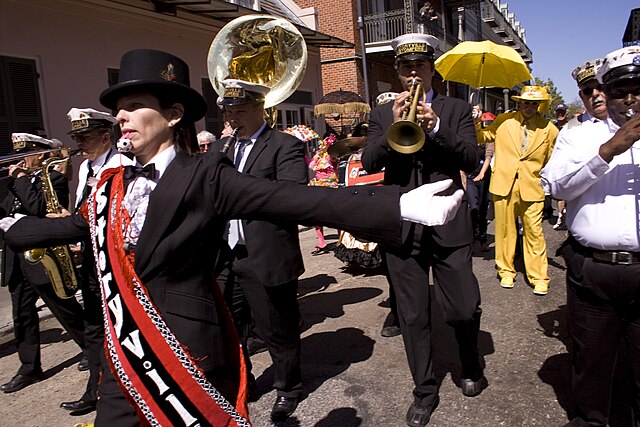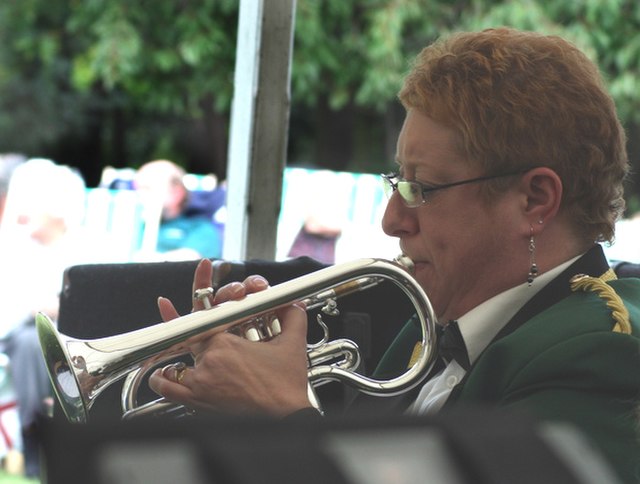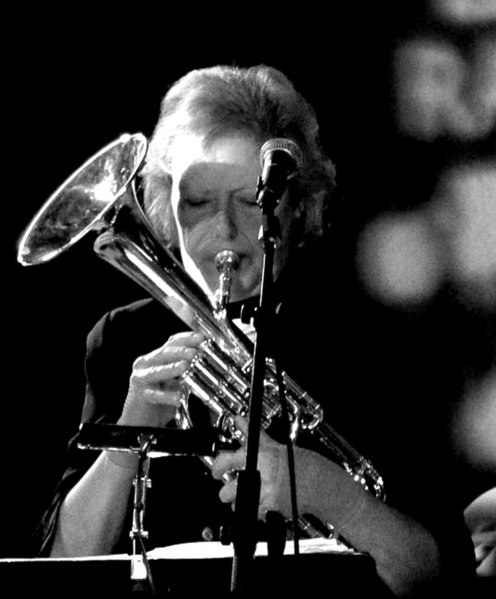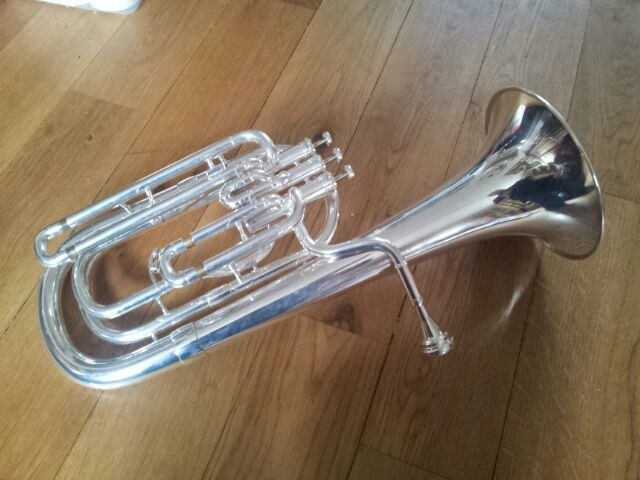The second line is a tradition in parades organized by Social Aid and Pleasure Clubs (SAPCs) with brass band parades in New Orleans, Louisiana, United States. The "main line" or "first line" is the main section of the parade, or the members of the SAPC with the parading permit as well as the brass band. The second line consists of people who follow the band to enjoy the music, dance, and engage in community. The second line's style of traditional dance, in which participants dance and walk along with the SAPCs in a free-form style with parasols and handkerchiefs, is called "second-lining". It is one of the most foundationally Black American–retentive cultures in the United States. It has been called "the quintessential New Orleans art form – a jazz funeral without a body". Another significant difference from jazz funerals is that second line parades lack the slow hymns and dirges played at funerals.
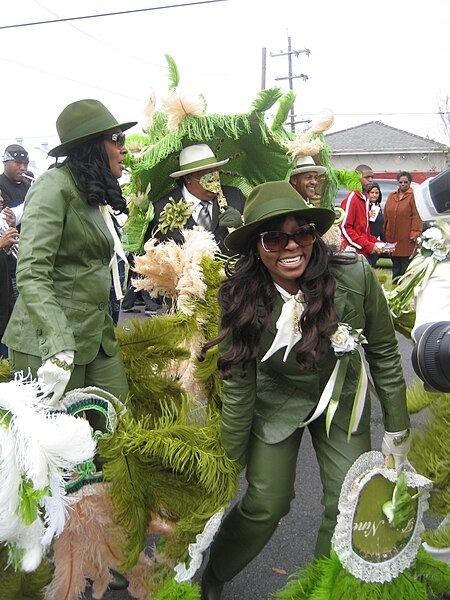
Members of Social Aid & Pleasure Clubs sponsor second line parades where they turn out in their finery.
Local jazz singer Jane Harvey Brown leads the way as grand marshal for a brass band at a second line in the French Quarter in New Orleans.
"Sons of Hope and the Annual Parade of the Young Veterans", New Orleans c. 1902
Exuberant dancing in the streets and sidewalks is part of the second line experience.
A brass band is a musical ensemble generally consisting primarily of brass instruments, most often with a percussion section. Ensembles that include brass and woodwind instruments can in certain traditions also be termed brass bands, but may be more correctly termed military bands, concert bands, or "brass and reed" bands.
Tanzanian Police Force brass band
Soprano cornet
Tenor Horn
Baritone horn


